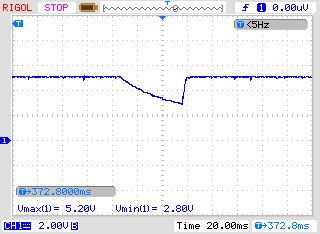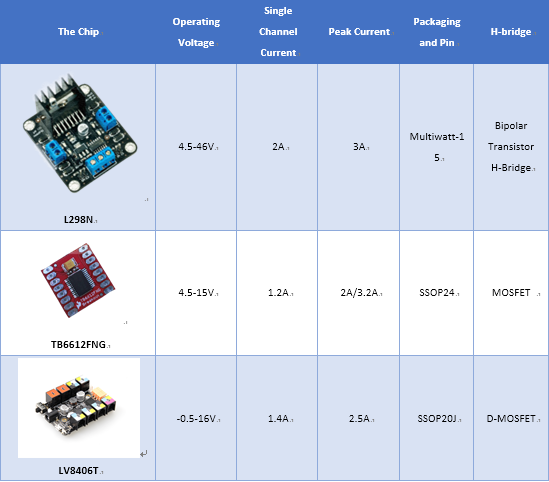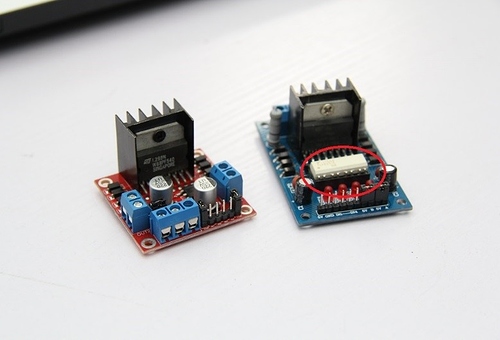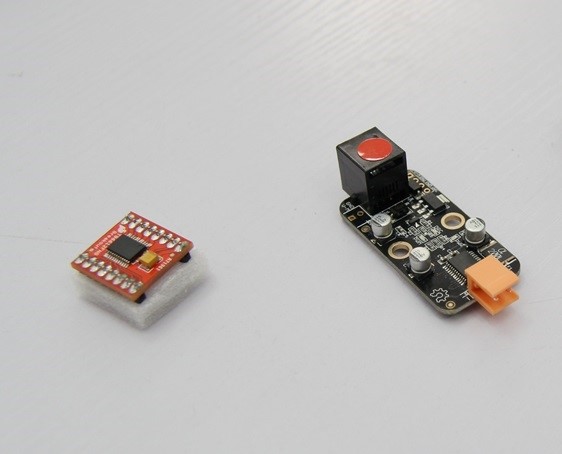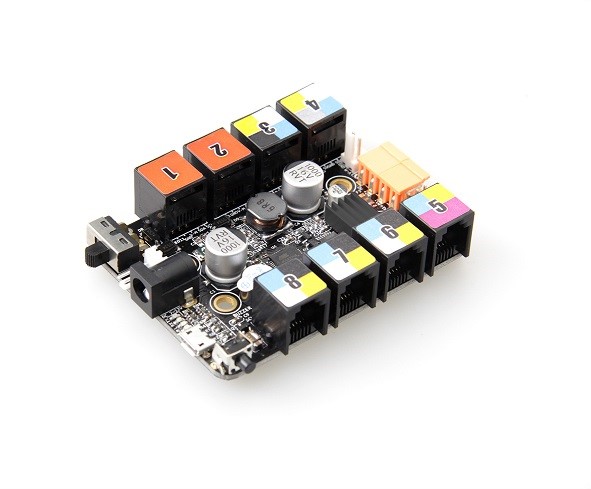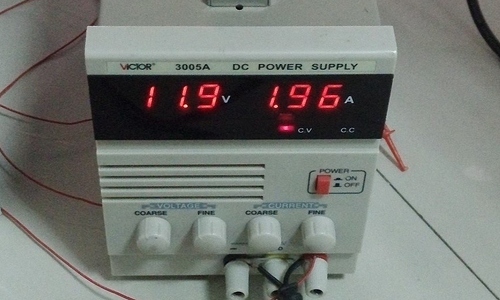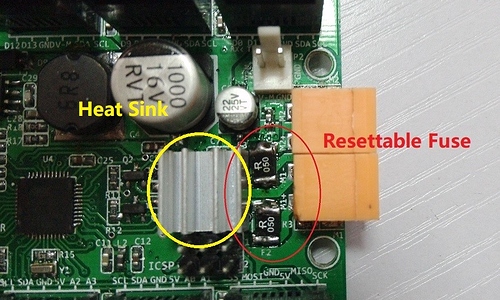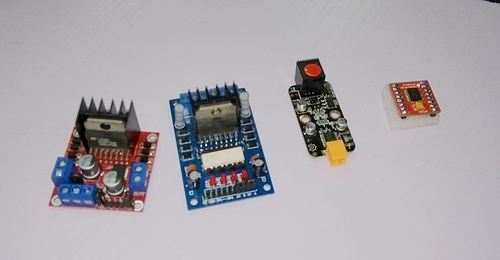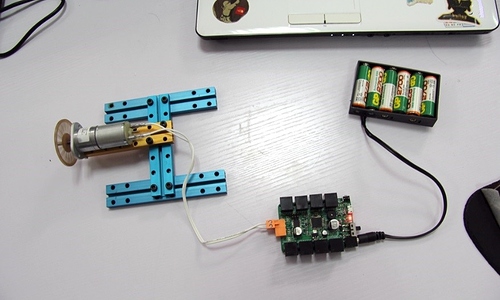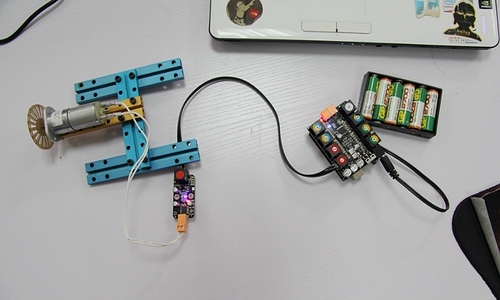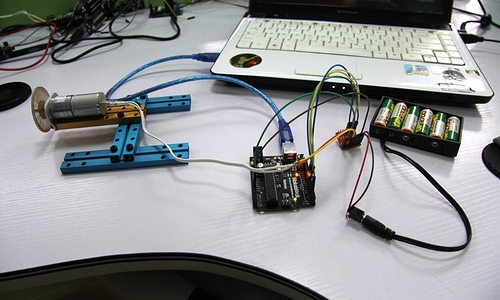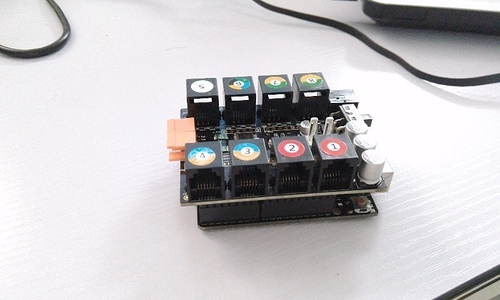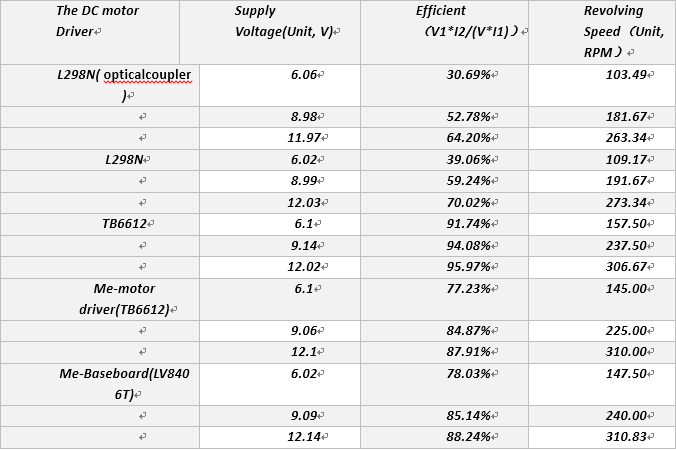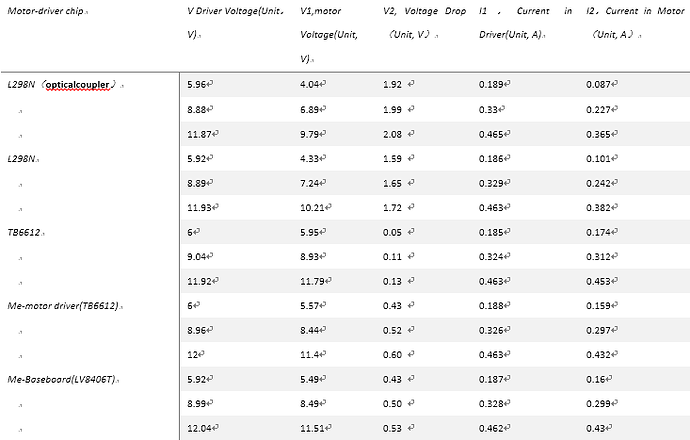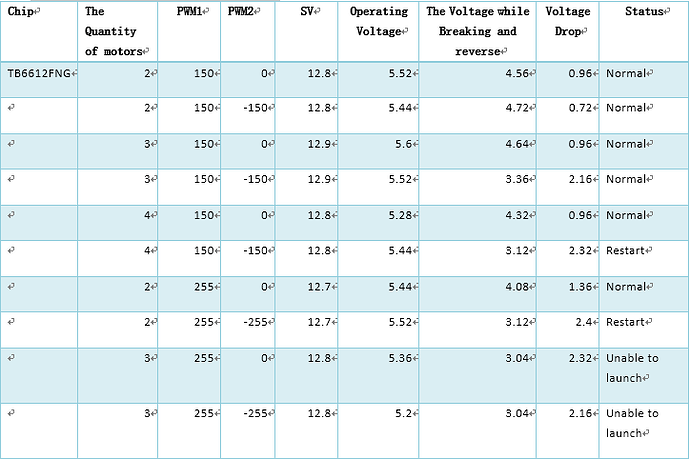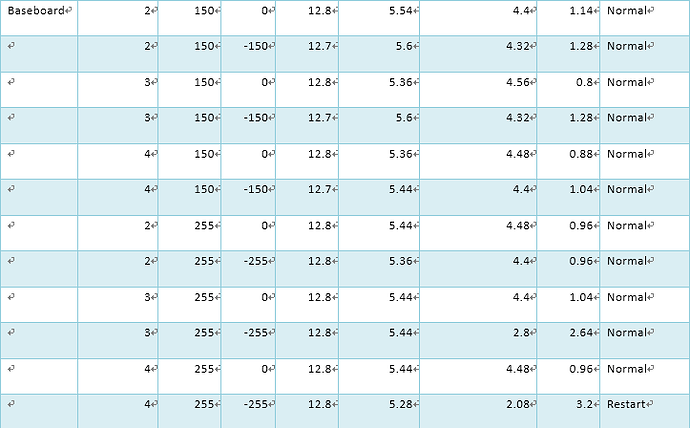3.The Review
1). Efficiency
In order to get the efficiency of the DC motor driver, we need to figure out the power of motors and the power of the whole circuit. Our motor’s nominal voltage is 6V, 155RPM±.
The calculation formula of motor driver is: Pmotor driver=pmotor/ (pmotor driver+ Pmotor). For an instance, while the supply voltage is 9V, the data of L298N is,

According to the data, the voltage drop of L298N is 1.99V.
And the efficiency of L298N under 9V is I1V/ (I2V1) = 59.24%, which was nothing like TB6612FNG and LV8406T (The efficiency of this two modules are 80%-90%, you can find the detailed data in appendix 1. As a result, the rotate speed difference between two modules is 40-50RPM!
As a conclusion, TB6612FNG and LV8406T are better than L298N in efficiency test.
2). Security, Operating Voltage, Operating Current, Heat Performance and the Volume of the Module.
A.Security and Heat Performance
In the aspect of security, L298N has 8 fly-wheel diodes to protect the chip while the back electromotive force which would burn the chip. TB6612FNG from Sparkfun incorporate a protection circuit. And, the Baseboard (LV8406T) from Makeblock has a complete protection design which has capacitance, constant voltage chip, resettable fuse and heat sink. Both of the capacitance and constant voltage are used to prevent device malfunction or breakdown caused by the current resulting from the inrush current at power ON or the negative current resulting from the back electromotive force at power OFF.
The resettable fuse was used to prevent the burning of chip while the motors were locked. The current would increase immediately in this case. Then, the resettable fuse would increase its resistance to cut off the circuit, so that the driver chip was protected. The fuse would reduce its resistance while the motor was released.
The picture below shows that the current would increase to 1.96A while a motor was locked,
The heat performance ranking is L298N< LV8406T <TB6612FNG. The Heat Sink is necessary for L298N and LV8406T, it would dissipate the accumulated heat while the motors were breaking frequently. In this review, I have burn out a LV8406T chip without a heat sink unfortunately.
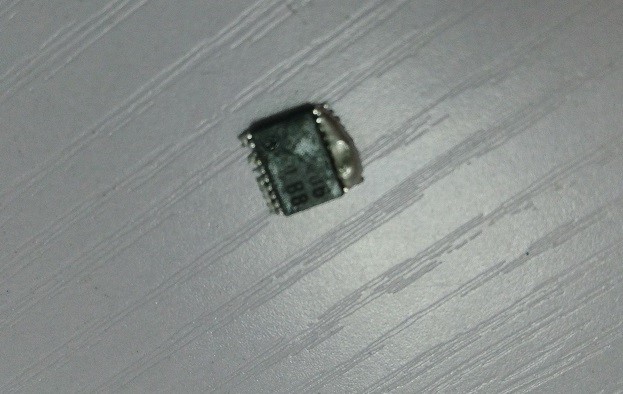
B.The Volume and the Wiring Complexity Comparison
The TB6612 modules are much smaller than L298Ns.
Particularly, the wiring complexity of Makeblock motor-driver and baseboard are much better than both the Sparkfun TB6612 and L298Ns. Look at the pictures,
Baseboard (LV8406T) wiring
Motor-driver (TB6612FNG) wiring
TB6612 wiring
3). Loading Performance
At the end of the testing, I added the Baseshield from Makeblock as a comparison with baseboard which is a combination of Arduino and Baseshield. Baseshield contains the function of a motor driver with TB6612FNG.
Baseshield, which has to pluged on the Arduino to use
The detailed test data is presented at the appendix 2. Here, the result of the test shows that the loading performance rankings is,
TB6612FNG Sparkfun <Baseshield (TB6612FNG) < Baseboard (LV8406T).
Sparkfun module could drive two DC motors under 12V supply voltage while the PWM is 255. However, when we drive 3 motors, the Arduino would be restart because of the back electromotive force would pull down the supply power of chip, which could cause the reset of Arduino.
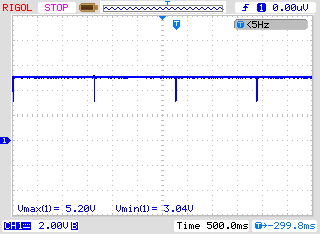
While we try to drive 3 motors by TB6612FNG from Sparkfun, they can’t even launch up.
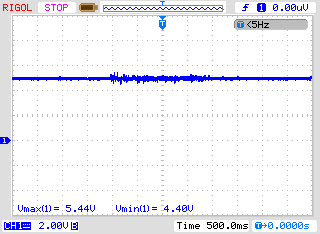
Baseboard is perfect functional while we use it to drive 3 motors
In particular, Baseshield and Baseboard could drive 4 motors under 12V.
It’s very helpful to simplify the wiring when we build a 4WD car or a MDOF robot arm. We can get the transient voltage spike from the OSC picture below. The voltage is 2.8V when we change the direction of motors. It is higher than the protected voltage of the Arduino chip, which is 2.7V.
